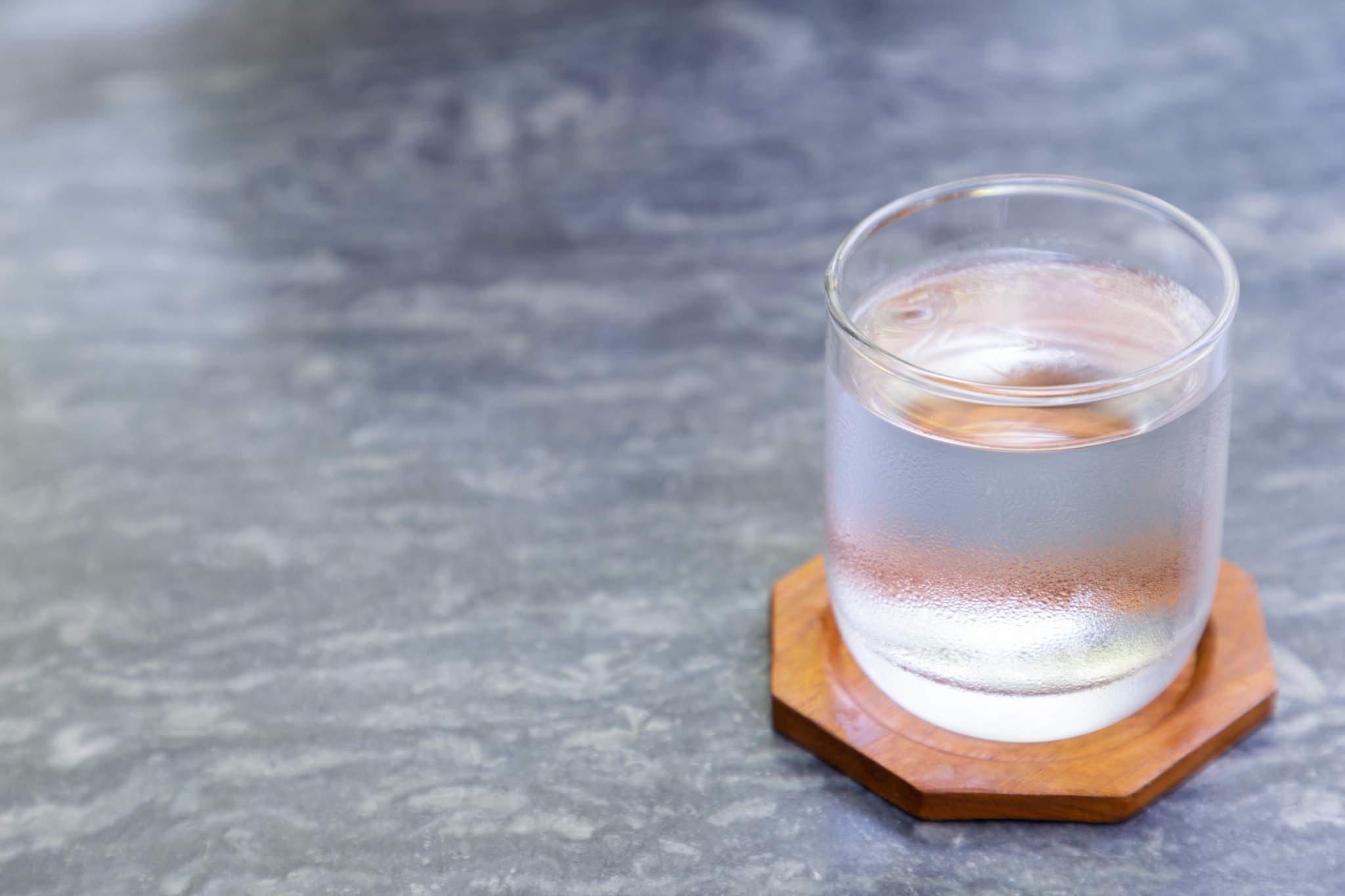

Articles
How To Care For Dolomite Countertops
Modified: August 27, 2024
Looking for articles on how to care for dolomite countertops? Check out our helpful tips and advice for maintaining the beauty and durability of your dolomite surfaces.
(Many of the links in this article redirect to a specific reviewed product. Your purchase of these products through affiliate links helps to generate commission for Storables.com, at no extra cost. Learn more)
Introduction
When it comes to creating a stunning and functional kitchen or bathroom space, choosing the right countertop material is crucial. Dolomite countertops have gained popularity in recent years due to their beautiful appearance, durability, and versatility. However, like any other countertop material, proper care and maintenance are essential to keep them looking their best for years to come.
In this article, we will explore what dolomite countertops are and why they require specific care. We will also provide practical tips on how to clean and remove stains from dolomite countertops, along with preventive maintenance advice and guidance on sealing and repairing damaged surfaces. Let’s dive in!
Key Takeaways:
- Proper care and maintenance are essential for preserving the beauty and durability of dolomite countertops. From regular cleaning to prompt spill cleanup and preventive measures, investing in their upkeep ensures long-lasting elegance in your space.
- When it comes to dolomite countertops, proactive care is key. From using mild cleaners to avoiding acidic substances and promptly addressing damage, taking preventive measures and seeking professional assistance when needed will help maintain their stunning appearance and functionality.
Read more: How To Set Countertops
What are Dolomite Countertops?
Dolomite countertops are a type of natural stone surface that is made from a mineral called dolomite. Dolomite is composed of calcium magnesium carbonate and is formed over millions of years through the process of sedimentation. It is often found in sedimentary rocks and is known for its unique combination of beauty and strength.
One of the key features of dolomite countertops is their stunning appearance. They come in various shades of white, gray, and beige, with intricate patterns and veining that add depth and character to any space. Dolomite is often compared to marble in terms of its visual appeal but offers a distinct and slightly softer aesthetic.
In addition to their striking appearance, dolomite countertops are highly durable and resistant to scratching, impact, and heat. They are also less porous compared to other natural stone materials, such as marble or granite, making them less prone to staining and easier to maintain.
Another advantage of dolomite countertops is their versatility. They can be used in a range of applications, including kitchen countertops, bathroom vanity tops, backsplashes, and even as accent pieces in furniture. Whether you have a traditional or modern design aesthetic, dolomite countertops can complement any style, adding a touch of elegance and sophistication to your space.
It is important to note that while dolomite countertops are durable, they are not completely impervious to damage. Like any other natural stone, they require proper care and maintenance to ensure their longevity and preserve their beautiful appearance. In the following sections, we will discuss the specific care and cleaning techniques for dolomite countertops to help you keep them looking their best.
Why Dolomite Countertops Need Care
While dolomite countertops are durable and resistant to stains, heat, and scratches, it is essential to provide them with the proper care and maintenance to ensure their longevity and keep them looking their best. Here are a few reasons why dolomite countertops require regular care:
- Stain Resistance: Although dolomite is less porous than other natural stone materials, it is still susceptible to staining if spills are not promptly cleaned. Liquids such as wine, coffee, and oils can penetrate the surface and leave behind unsightly marks if not properly removed.
- Etching: Dolomite is a calcium-based stone and can react with acidic substances, such as citrus juices or vinegar. This chemical reaction can cause etching, which appears as dull spots or marks on the surface of the countertop. Regular care and avoiding contact with acidic liquids can help prevent this issue.
- Scratches: While dolomite is durable, it is not entirely scratch-proof. Sharp objects, heavy pots, or abrasive cleaning tools can cause scratches on the surface. It is important to handle and clean the countertop with care to avoid unnecessary damage.
- Heat Resistance: While dolomite countertops are heat resistant, extreme temperature changes can still cause thermal shock and potentially lead to cracks or damage. Using trivets or hot pads for hot pans and avoiding placing extremely hot objects directly onto the surface is always recommended.
- Sealing: Although dolomite is less porous than some other natural stones, it may still benefit from regular sealing to enhance its stain resistance properties. Sealing creates a protective barrier and helps prevent liquids from penetrating the surface.
By understanding the specific care needs of dolomite countertops and following the appropriate maintenance practices, you can ensure that your countertops retain their beauty and durability for many years to come. In the following sections, we will explore the best cleaning methods, stain removal techniques, and preventive maintenance tips for dolomite countertops.
Cleaning Dolomite Countertops
To maintain the cleanliness and beauty of your dolomite countertops, regular cleaning is essential. Here are some guidelines to follow when cleaning these surfaces:
- Use Mild Cleaning Agents: When cleaning dolomite countertops, it is important to avoid using harsh or abrasive cleaners that can damage the surface. Instead, opt for mild, pH-neutral cleaners or warm water with a gentle dish soap. Avoid cleaners containing ammonia, vinegar, or citrus as they can cause etching.
- Wipe Up Spills Promptly: Dolomite countertops are generally resistant to stains, but it is still important to wipe up spills as soon as possible. Use a soft cloth or sponge to gently blot the spill and avoid rubbing, as it can spread the liquid and potentially lead to staining.
- Use Soft Microfiber or Non-abrasive Cloth: When wiping down dolomite countertops, use a soft microfiber cloth or a non-abrasive cloth to avoid scratching the surface. Avoid using scouring pads or abrasive materials to prevent damage.
- Avoid Harsh Scrubbing: While dolomite is durable, excessive scrubbing can wear down the protective sealant and cause scratches. Instead, gently clean the surface using a soft cloth or sponge in a circular motion.
- Dry the Countertop: After cleaning, make sure to thoroughly dry the dolomite countertop to prevent water spots or streaks from forming. Use a clean, dry cloth to wipe away any moisture.
- Avoid Contact with Acids: As mentioned earlier, dolomite can be vulnerable to acidic substances. Avoid using cleaners or acidic liquids (such as vinegar or citrus juices) on the countertop, as they can cause etching. If acidic substances do come into contact with the surface, immediately wipe them up and clean the area with a mild, pH-neutral cleaner.
By following these cleaning guidelines, you can keep your dolomite countertops looking pristine and ensure their longevity. However, for stubborn stains or specific cleaning concerns, it is always recommended to consult with the manufacturer or a professional for guidance.
Removing Stains from Dolomite Countertops
Even with regular cleaning, it is possible for stains to occur on dolomite countertops. Fortunately, most stains can be effectively removed with the right techniques. Here are some steps to follow when tackling common stains:
- Identify the Type of Stain: Different stains may require different treatments, so it is essential to identify the type of stain before attempting to remove it. Common stains on dolomite countertops include coffee, wine, oils, and food stains.
- Blot the Stain: For liquid-based stains, start by blotting the area with a clean, absorbent cloth or paper towel. Avoid rubbing, as it can spread the stain further.
- Mild Dish Soap Solution: For most stains, a mixture of warm water and mild dish soap can be effective. Create a solution by mixing a few drops of dish soap in a bowl of warm water. Dampen a soft cloth or sponge in the solution and gently scrub the stained area in a circular motion.
- Baking Soda Paste: For tougher stains, such as stubborn food or grease stains, you can create a paste using baking soda and water. Apply the paste to the stained area, gently scrub with a soft cloth or sponge, and rinse with water. Be cautious not to use too much pressure as it can scratch the surface.
- Hydrogen Peroxide: For organic or dark stains, such as coffee or wine, you can try using hydrogen peroxide. Dampen a cloth with hydrogen peroxide, place it on the stain, and let it sit for 10-15 minutes. Rinse the area with water and dry it thoroughly.
- Severe Stains: In some cases, severe stains may require professional assistance or specific stain-removal products designed for use on dolomite countertops. Always follow the manufacturer’s instructions or consult with an expert for the best course of action.
It is important to note that prevention is the best defense against staining. Wiping up spills promptly and avoiding contact with substances that can stain, such as red wine or oil-based products, can minimize the risk of stains on your dolomite countertops. Additionally, regular sealing can provide an extra layer of protection.
By following these tips and techniques, you can successfully remove most stains from your dolomite countertops and restore them to their original beauty. However, for particularly stubborn or complex stains, it is recommended to seek professional assistance to avoid damaging the surface.
Use a pH-neutral cleaner to clean dolomite countertops and avoid harsh chemicals or abrasive cleaners to prevent etching and damage to the surface.
Read more: How To Regrout Countertops
Preventive Maintenance Tips
Maintaining the beauty and longevity of your dolomite countertops involves proactive preventive measures. By following these preventive maintenance tips, you can minimize the risk of damage and keep your countertops looking their best:
- Use Cutting Boards and Trivets: To prevent cuts, scratches, and heat damage, always use cutting boards for chopping and trivets or hot pads for hot pans or pots. Avoid placing hot items directly onto the dolomite surface as it can cause thermal shock.
- Avoid Harsh Chemicals and Abrasive Cleaners: Refrain from using harsh chemicals or abrasive cleaners on your dolomite countertops as they can damage the surface. Stick to mild, pH-neutral cleaners and soft cloths or sponges for regular cleaning.
- Wipe Up Spills Immediately: Promptly clean up spills to prevent stains from setting in. Use a soft cloth or paper towel to blot the spill, avoiding any rubbing motion that can spread the liquid or make the stain worse.
- Avoid Acidic Substances: Acidic substances, such as citrus juices, vinegar, or harsh cleaners, can cause etching on dolomite countertops. Be cautious and clean up any spills containing acidic liquids immediately.
- Regularly Seal the Countertops: While dolomite is less porous than some other natural stones, it may benefit from regular sealing to enhance its stain resistance. Follow the manufacturer’s guidelines or consult with a professional to determine the appropriate sealing frequency.
- Use Coasters and Placemats: To prevent water rings or damage from glasses or plates, use coasters and placemats. These simple additions can help protect the surface of your dolomite countertops from potential damage.
- Avoid Impact and Heavy Objects: Dolomite countertops are durable, but they can still be susceptible to damage from heavy objects or strong impact. Be cautious when handling heavy pots or objects that can potentially chip or crack the surface.
By incorporating these preventive maintenance practices into your daily routine, you can significantly extend the life of your dolomite countertops and keep them looking beautiful for years to come.
Remember, each countertop material has its specific care requirements, so it is essential to consult the manufacturer’s guidelines or seek advice from professionals if you have any questions or concerns about maintaining your dolomite countertops.
Sealing Dolomite Countertops
Sealing your dolomite countertops can provide an extra layer of protection and help enhance their stain resistance. While dolomite is less porous than some other natural stones, sealing can create a barrier that prevents liquids from penetrating the surface and causing stains. Here are the steps to effectively seal your dolomite countertops:
- Clean the Countertops: Before sealing, ensure that the countertops are clean and free from any dust, debris, or stains. Use a mild, pH-neutral cleaner or warm water with a gentle dish soap to wipe down the surface. Rinse thoroughly and allow the countertops to dry completely.
- Choose the Right Sealer: Select a high-quality sealer that is specifically formulated for use on dolomite countertops. Take into consideration the manufacturer’s recommendations and your specific needs, such as whether you prefer an impregnating or topical sealer. You can consult with experts or refer to the manufacturer’s guidelines for guidance in choosing the appropriate sealer.
- Apply the Sealer: Follow the instructions on the sealer carefully. Typically, you will apply the sealer using a clean, lint-free cloth or a soft-bristle brush. Apply an even coat of sealer to the entire surface of the dolomite countertop, working in small sections at a time. Allow the sealer to penetrate the surface for the recommended time, as specified by the manufacturer’s instructions.
- Wipe Off Excess Sealer: After the recommended time has elapsed, use a clean, dry cloth to carefully wipe off any excess sealer from the surface. Be thorough in removing all excess sealer to prevent streaking or hazing. Pay attention to edges, seams, and corners, ensuring that they are properly sealed as well.
- Allow the Countertops to Cure: Once the sealer has been applied and excess sealer has been wiped off, allow the countertops to cure for the recommended time. This curing period allows the sealer to fully penetrate and bond with the dolomite surface.
- Test the Sealer: After the curing period, conduct a small water test on an inconspicuous area of the countertop. Place a few drops of water on the surface and observe if the water beads up or is absorbed into the dolomite. If the water beads up, it indicates that the sealer is still effective. If the water is absorbed, it may be necessary to reapply the sealer to that area.
It is important to note that the frequency of sealing your dolomite countertops will depend on various factors, including the specific sealer used, the level of usage, and the manufacturer’s recommendations. Some sealers may last for several years before reapplication is needed, while others may require more frequent maintenance. It is best to follow the sealer manufacturer’s guidelines for reapplication.
By properly sealing your dolomite countertops and following a regular maintenance routine, you can help protect them from staining and maintain their beauty and durability for years to come.
Repairing Damaged Dolomite Countertops
While dolomite countertops are durable, they may still experience damage over time. From minor scratches to chips or cracks, it is important to address these issues promptly to prevent further damage and maintain the integrity of your countertops. Here are some tips for repairing common types of damage to dolomite countertops:
- Minor Scratches: For minor scratches on your dolomite countertop, you can try using a fine-grit sandpaper or a polishing compound specifically designed for stone surfaces. Gently rub the scratched area in a circular motion until the scratch is less noticeable. Finish by cleaning and polishing the entire countertop to ensure a consistent appearance.
- Chips or Cracks: If your dolomite countertop has experienced a chip or crack, it is best to consult with a professional stone repair specialist. They can assess the severity of the damage and determine the best course of action. They may use specialized techniques such as epoxy resin to fill in the chip or crack and restore the smooth surface.
- Stain Removal: When it comes to stubborn stains that cannot be removed through regular cleaning, it is advisable to consult with a professional stone restoration specialist. They have access to advanced techniques and products that can effectively remove stubborn stains without damaging the surface of the countertop.
- Replacement: In cases where the damage to your dolomite countertop is extensive or cannot be adequately repaired, replacement may be necessary. Consulting with a professional will help you determine the best approach and provide guidance on selecting a replacement countertop that suits your needs and preferences.
It is important to note that attempting to repair severe damage on your own or using DIY methods may result in further damage to your dolomite countertops. It is always recommended to seek professional advice and assistance before attempting any significant repairs.
Regular maintenance and preventive care can help minimize the chances of damage occurring to your dolomite countertops. By following the proper cleaning and maintenance guidelines, using cutting boards and trivets, and avoiding harsh chemicals or abrasive materials, you can prolong the life and beauty of your countertops.
In the case of any damage, addressing it as soon as possible and seeking professional assistance will ensure that your dolomite countertops remain in excellent condition and continue to enhance the functionality and aesthetic appeal of your space.
Conclusion
Dolomite countertops offer a beautiful and durable surface option for kitchens and bathrooms. Their unique patterns and colors add elegance and sophistication to any space. However, to maintain their stunning appearance and functionality, proper care and maintenance are crucial.
In this article, we’ve explored what dolomite countertops are and why they require specific care. We’ve discussed the importance of regular cleaning, prompt spill cleanup, and the use of mild cleaners. We’ve also looked at the process of removing stains, including the use of gentle cleaning solutions and targeted stain removal techniques.
Additionally, we’ve provided preventive maintenance tips to minimize the risk of damage to dolomite countertops. Using cutting boards and trivets, avoiding abrasive cleaners, and wiping up spills promptly can help preserve the beauty and longevity of your countertops. We’ve also discussed the importance of sealing dolomite countertops and the steps involved in the sealing process.
Lastly, we’ve addressed the topic of repairing damaged dolomite countertops. From minor scratches to chips and cracks, we’ve emphasized the importance of consulting with professionals for proper repair techniques and solutions. The expertise of stone repair specialists can ensure effective and long-lasting repairs.
By following these care and maintenance guidelines, you can enjoy the beauty and durability of your dolomite countertops for many years to come. Remember to consult the manufacturer’s recommendations and seek professional assistance whenever necessary.
Investing in the proper care of your dolomite countertops will not only protect your investment but also enhance the overall ambiance and functionality of your kitchen or bathroom. With regular cleaning, preventive measures, and prompt repairs, your dolomite countertops will continue to impress and provide a stunning focal point in your space.
Frequently Asked Questions about How To Care For Dolomite Countertops
Was this page helpful?
At Storables.com, we guarantee accurate and reliable information. Our content, validated by Expert Board Contributors, is crafted following stringent Editorial Policies. We're committed to providing you with well-researched, expert-backed insights for all your informational needs.


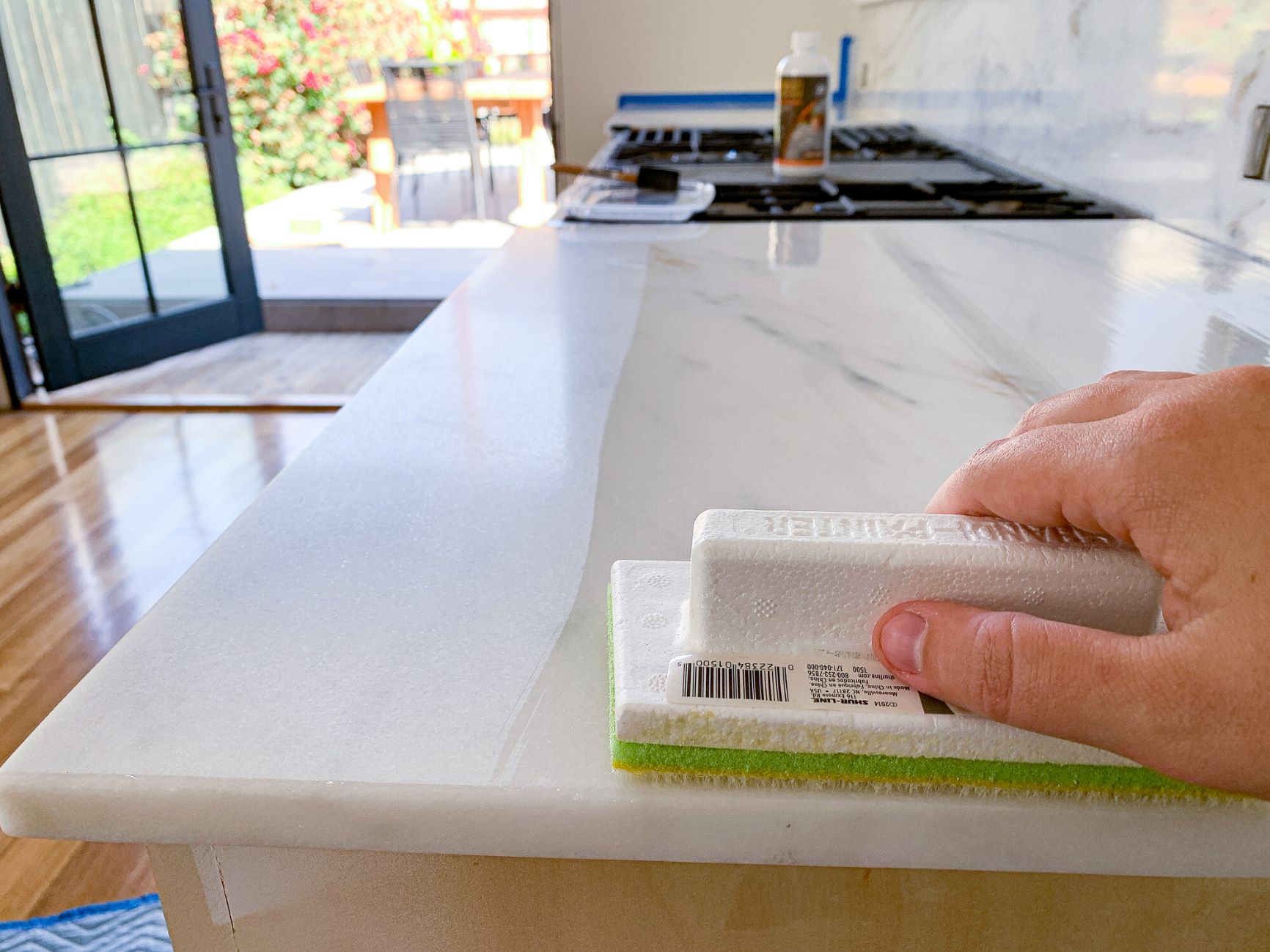
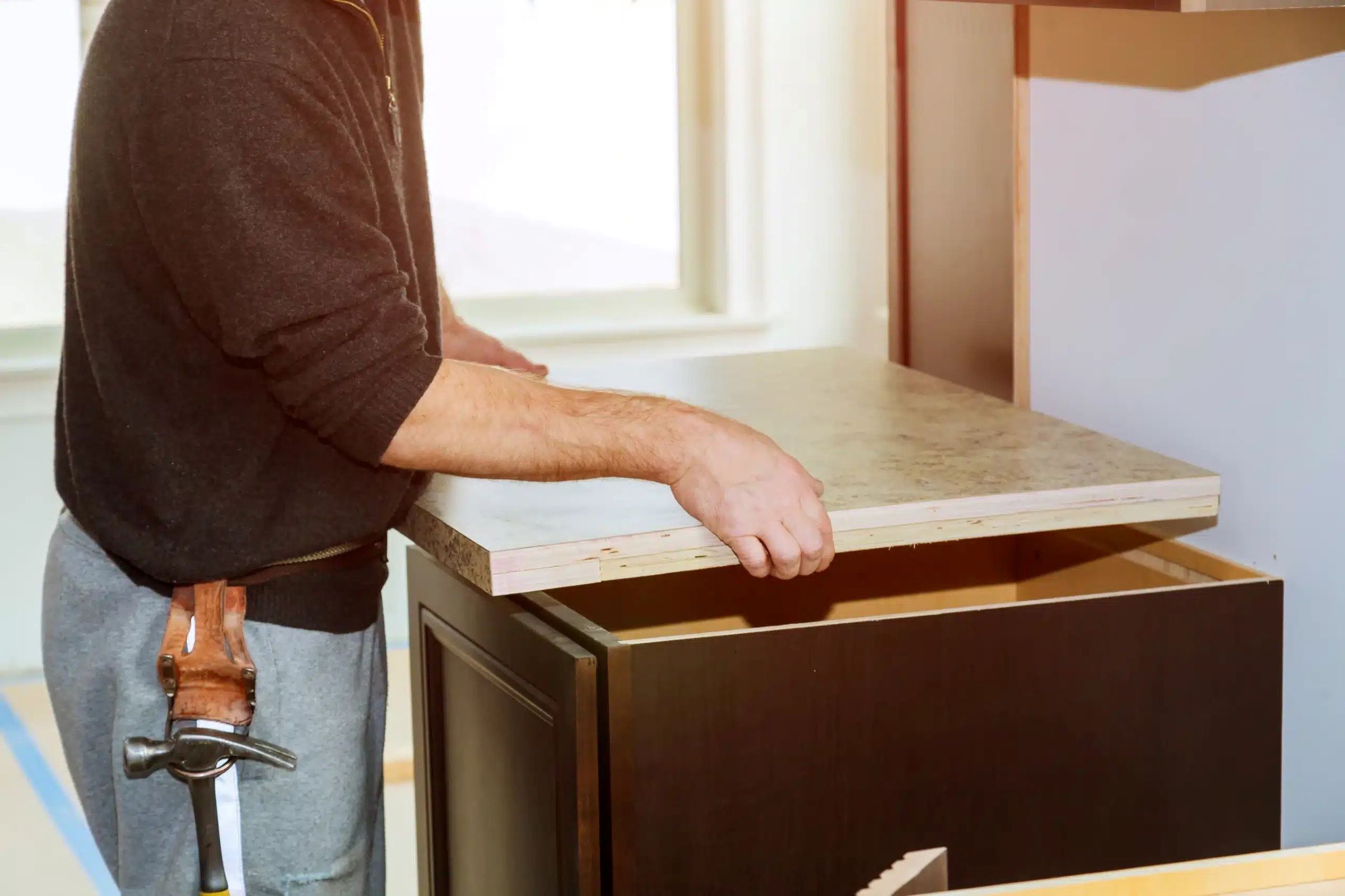
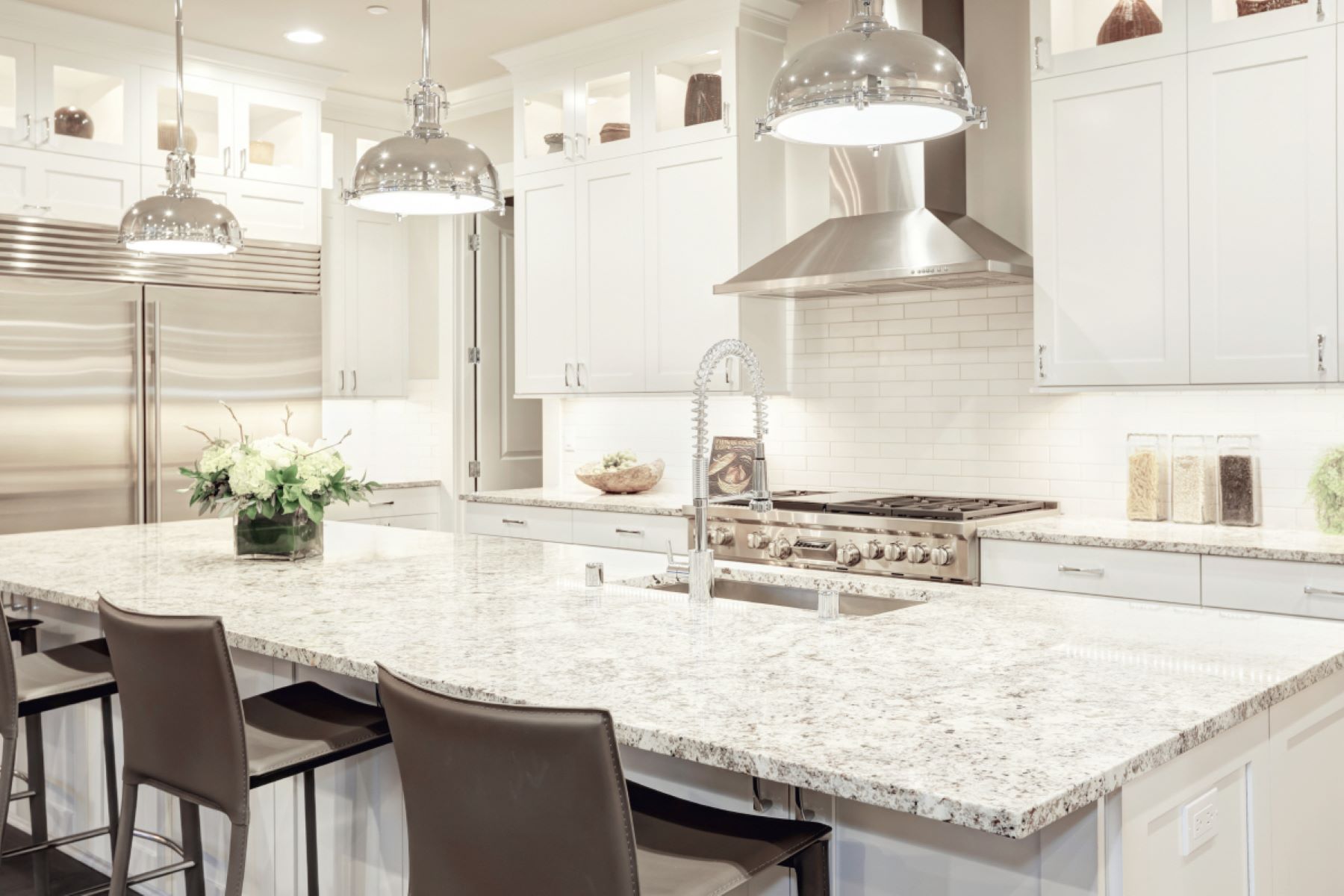
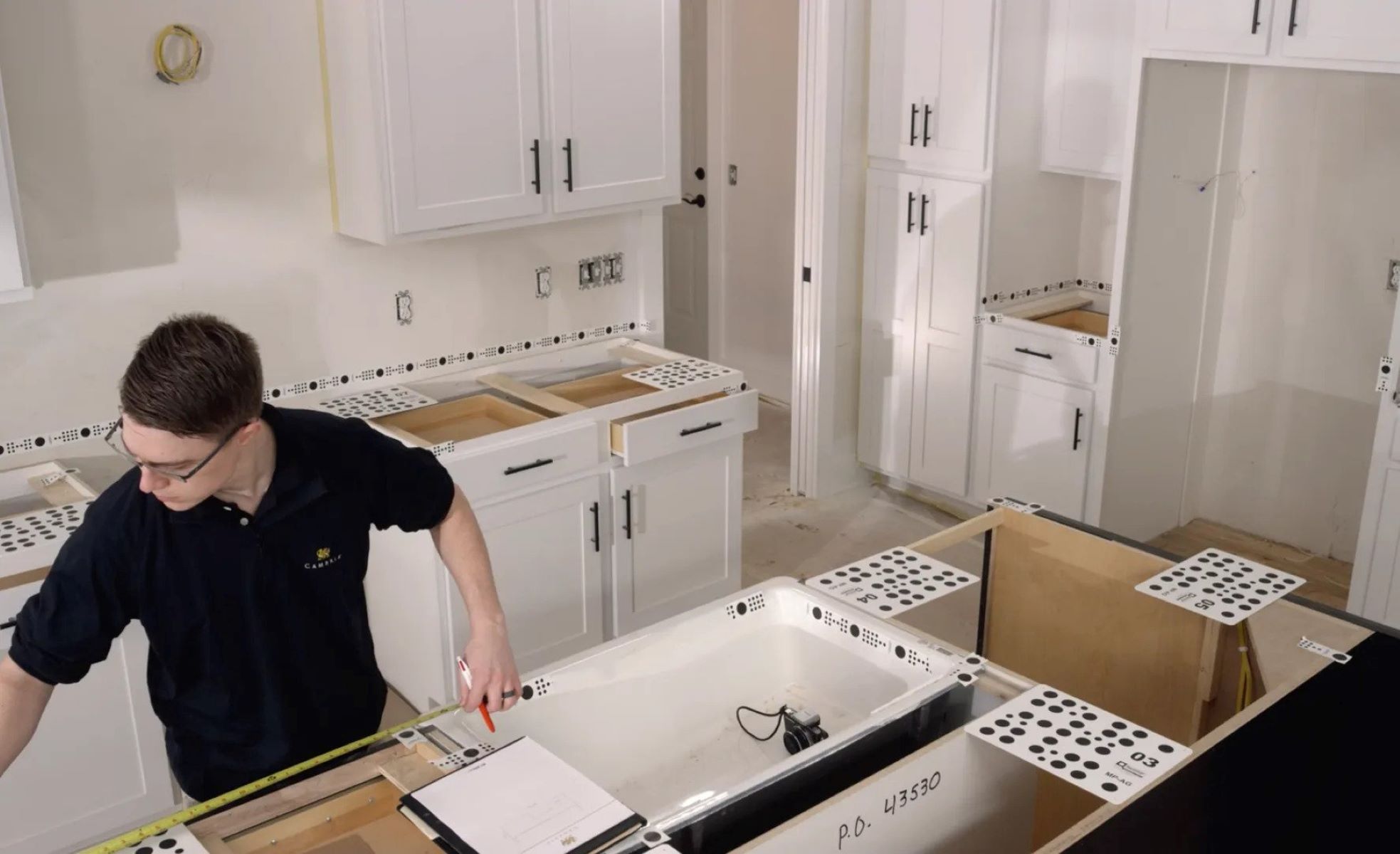
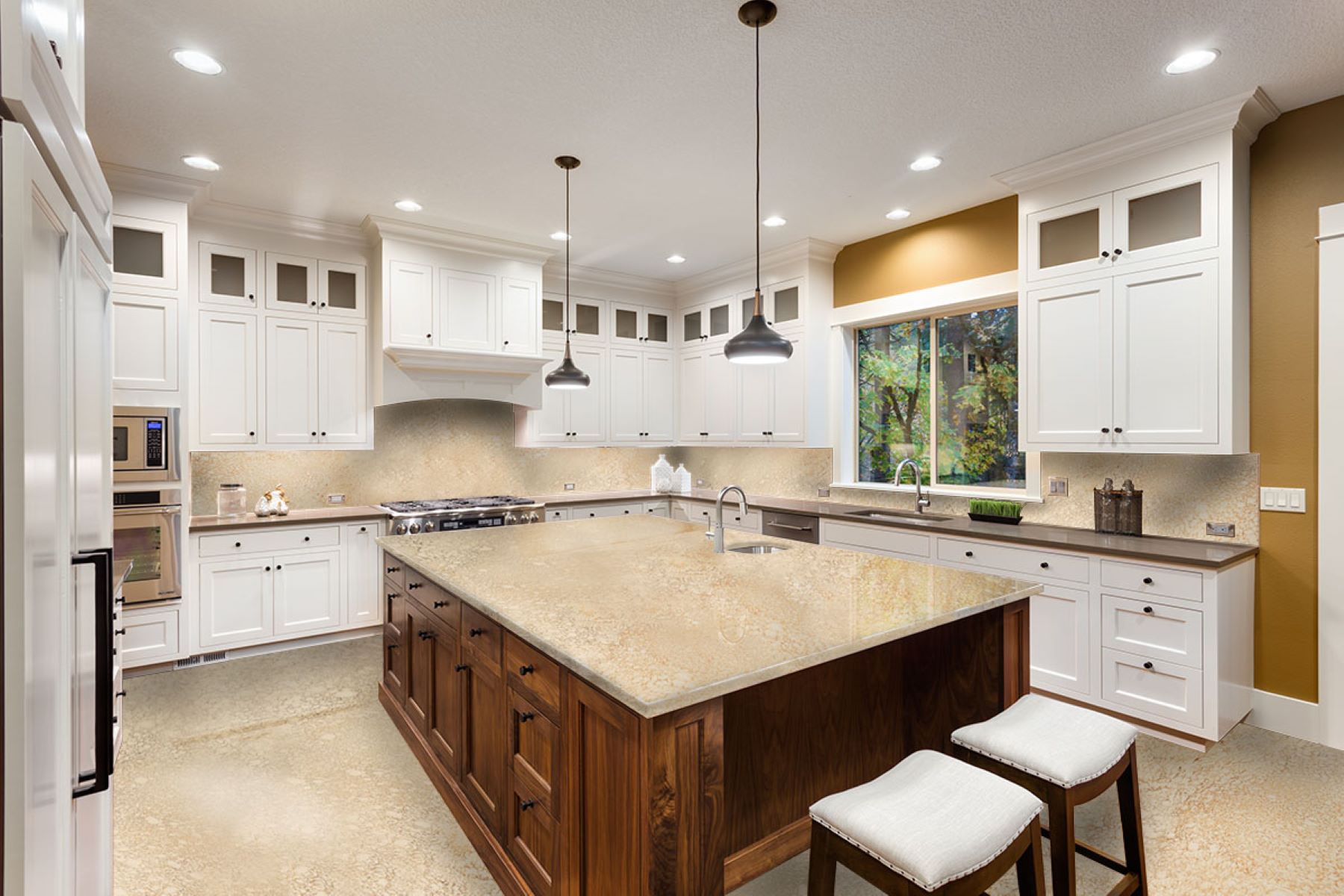

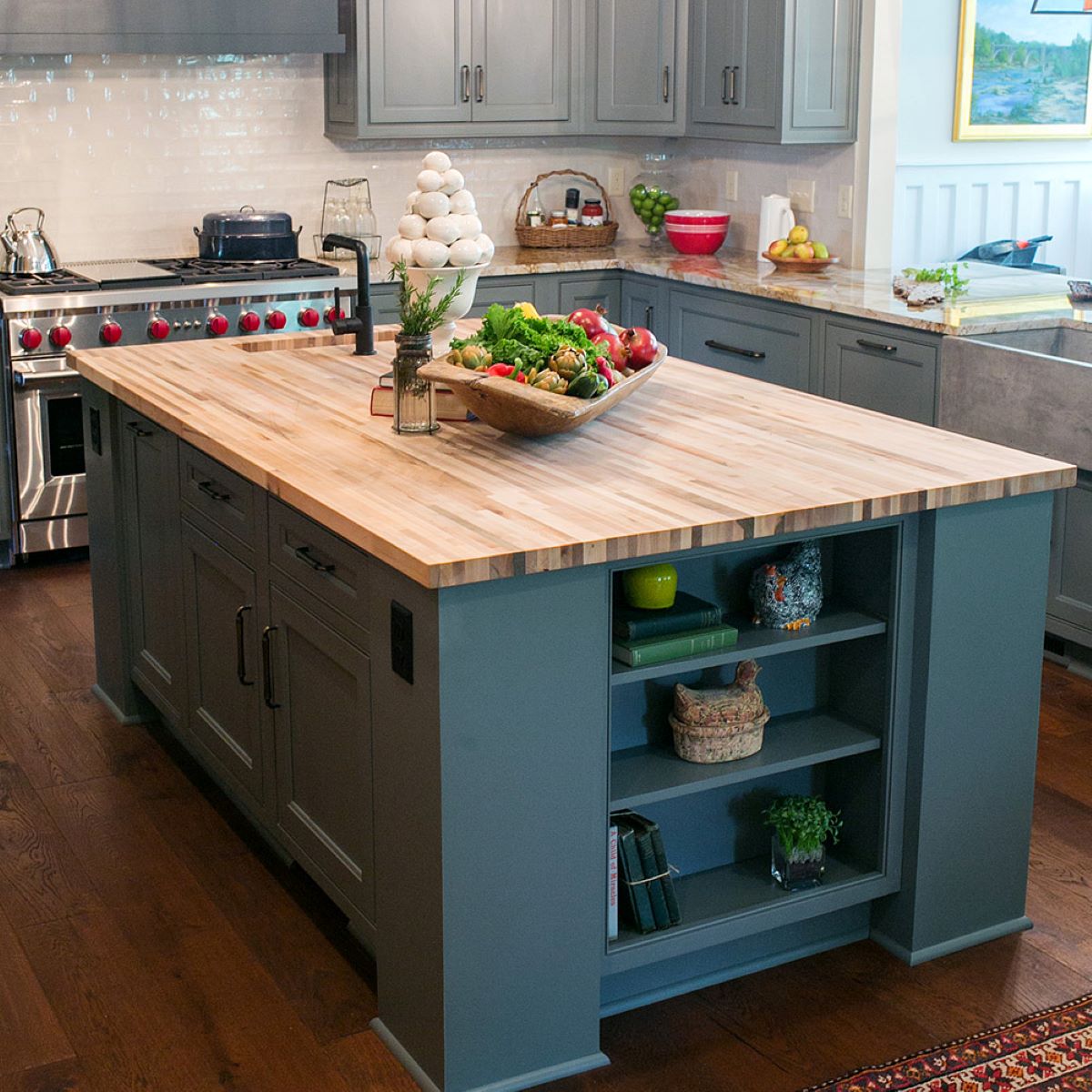
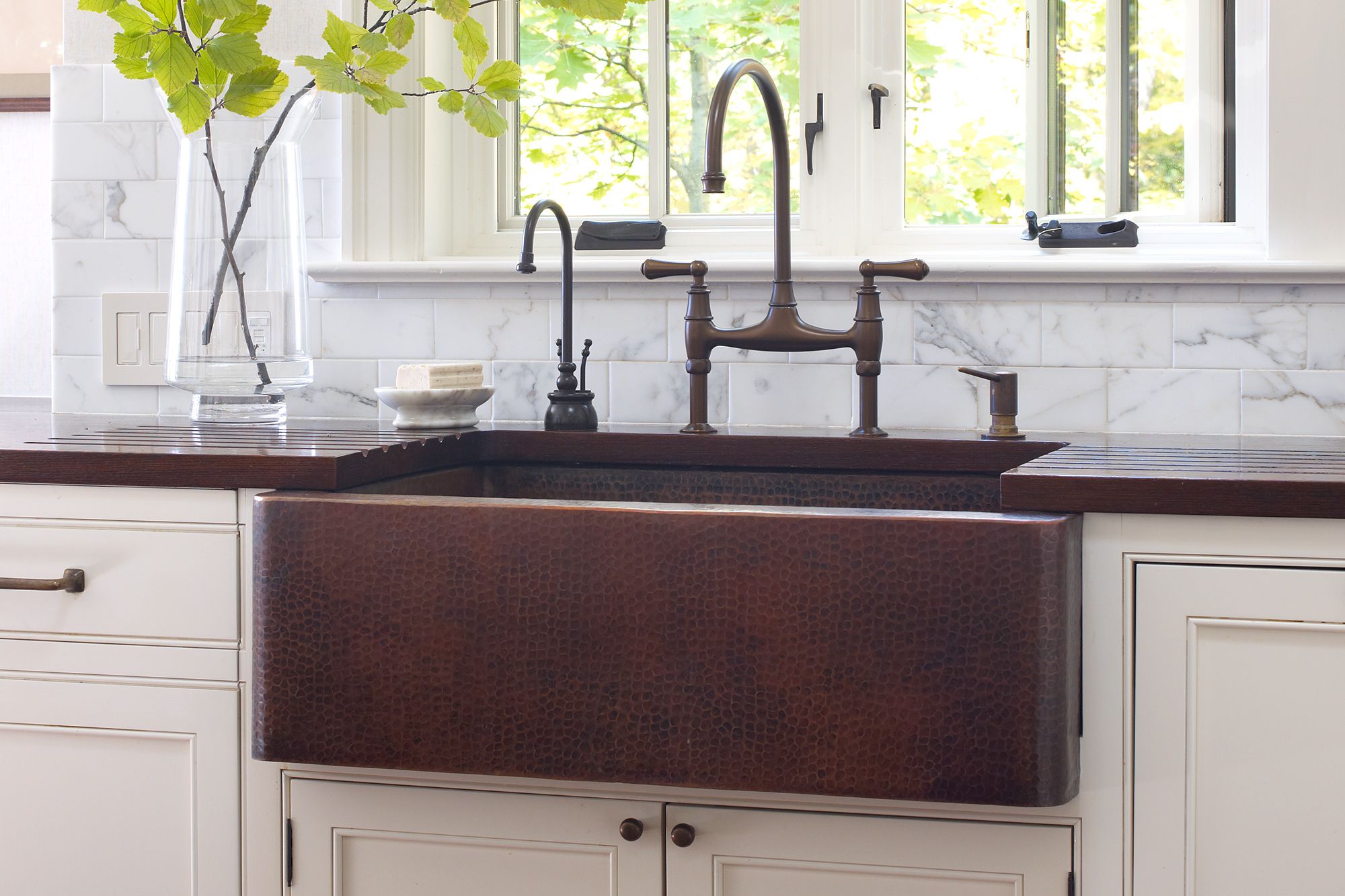
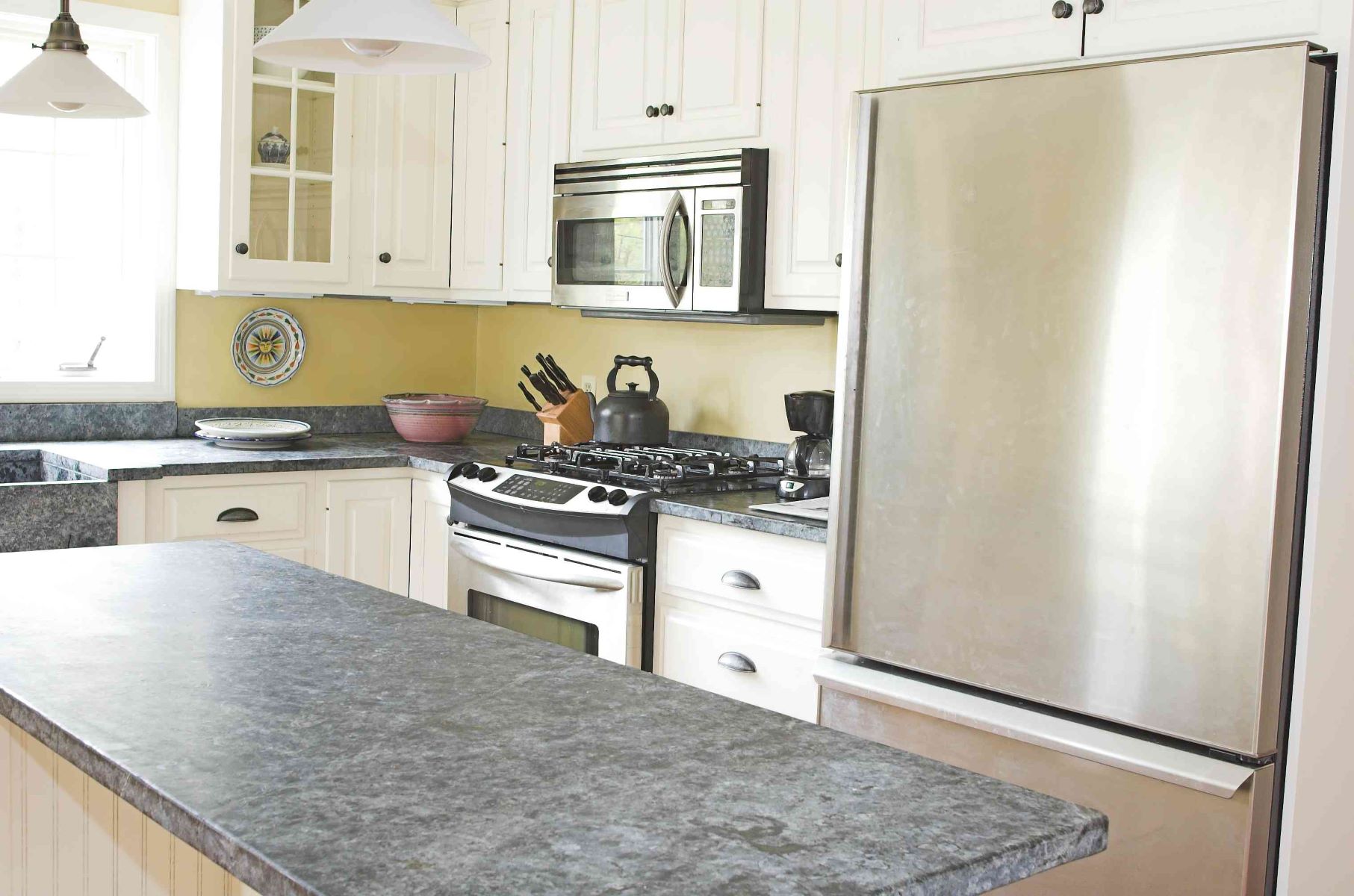
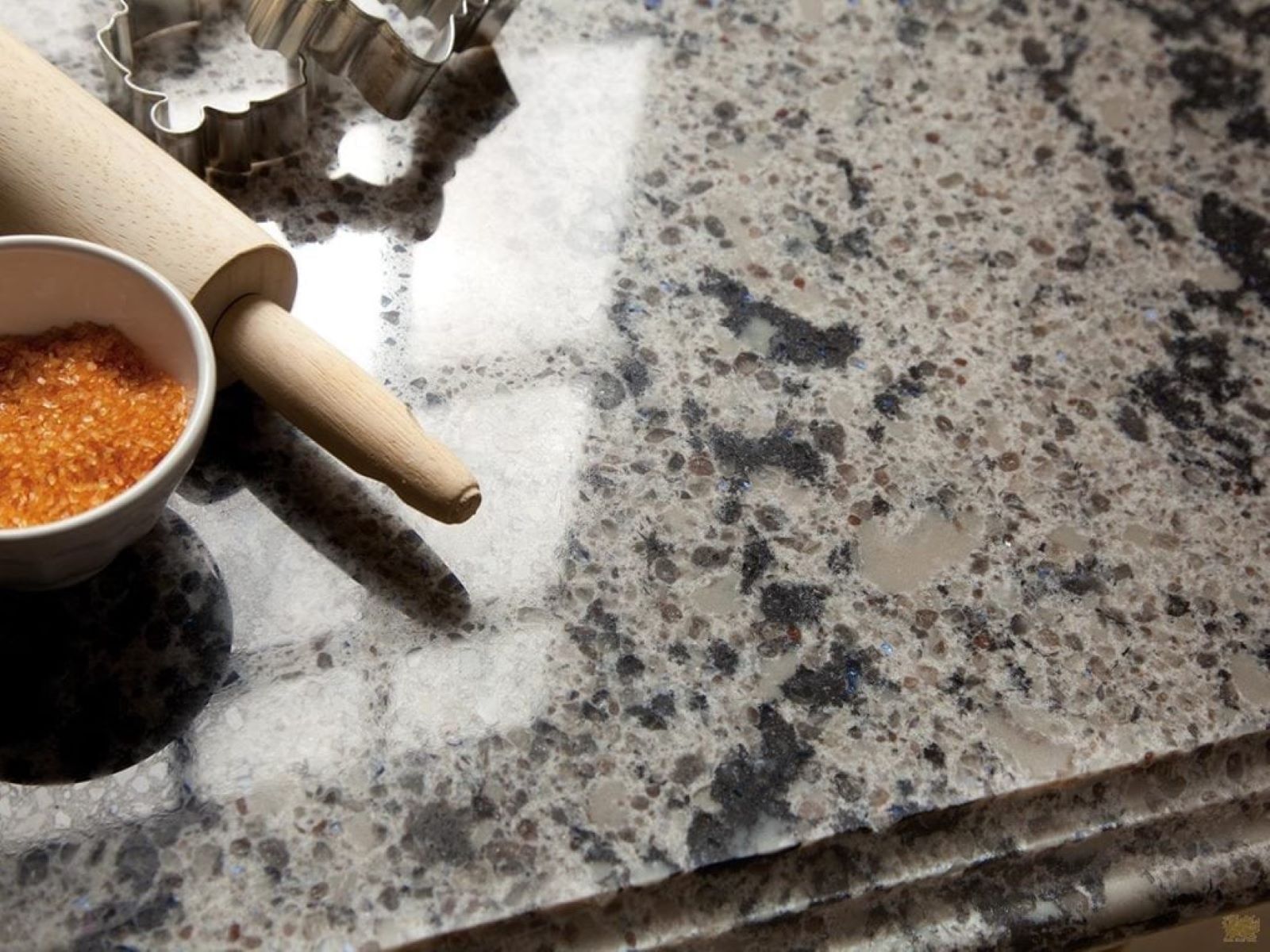

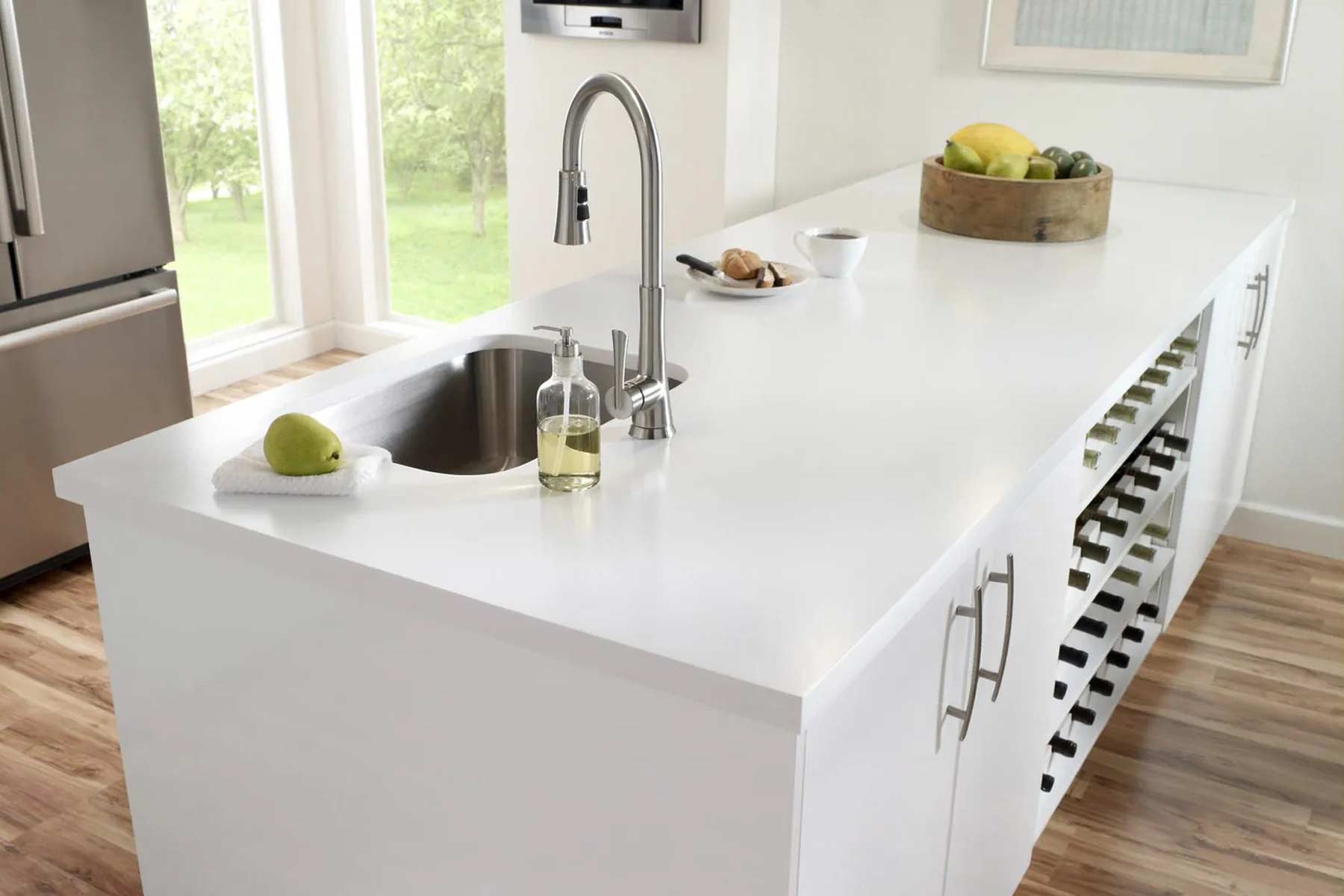

0 thoughts on “How To Care For Dolomite Countertops”